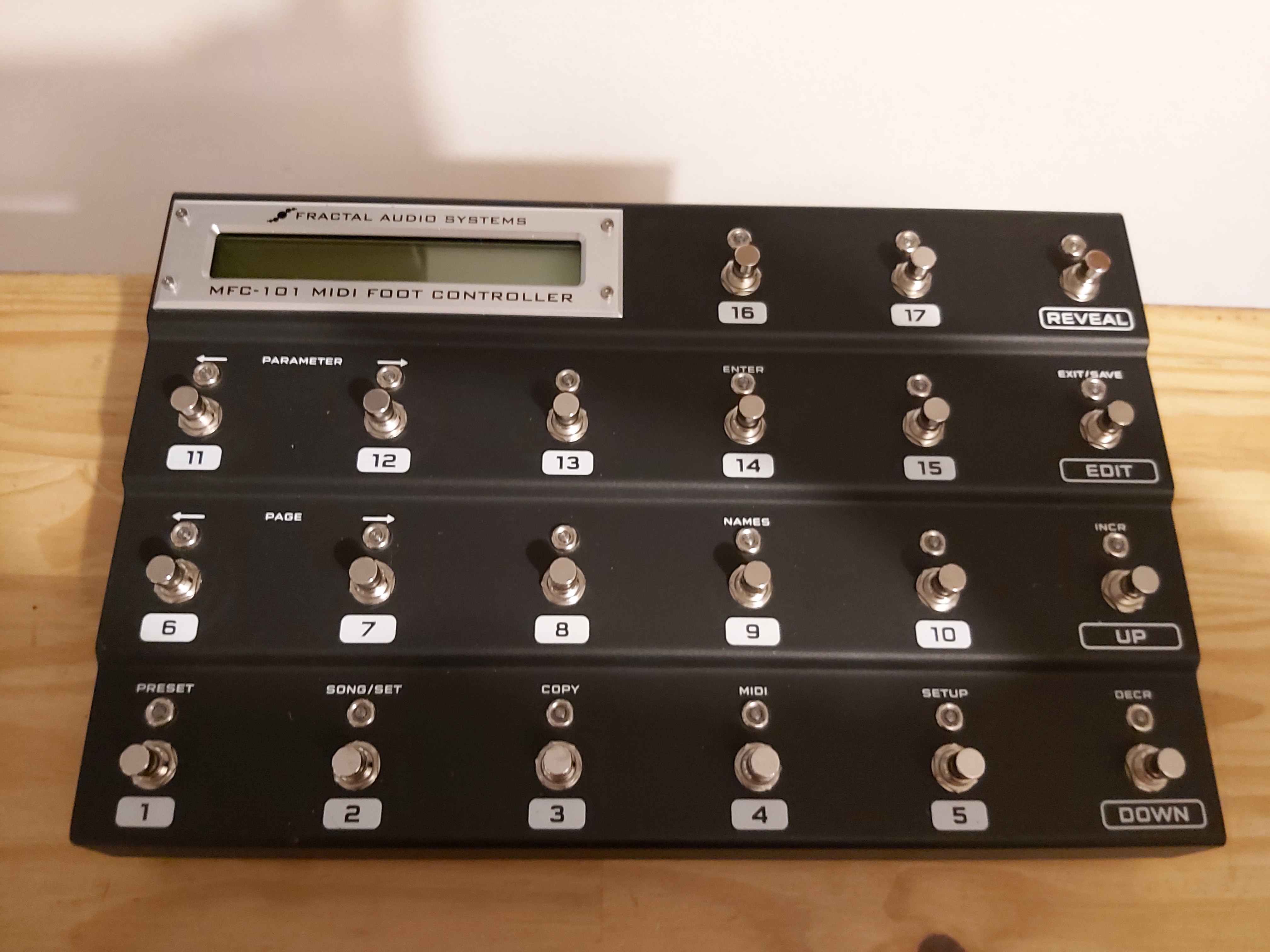

The measured NN intervals were A/D converted (125-Hz) with 8-ms time resolution. The RR intervals between normal QRS waveforms were extracted as the normal-to-normal (NN) intervals. Briefly, for HRV measurements, QRS waveforms were read from continuous electrocardiographic (ECG) records. The measurement procedures and data collection were conducted as previously reported. Analysis of heart rate variability and measurement of 1/f fluctuations in HR dynamics The last measurement session was performed on days 77.2 ± 14.4 (37 to 127 days) after return to Earth (After flight).Ģ.3. The three measurement sessions during flight were taken on days 20.8 ± 2.9 (18 to 28, ISS01), 72.5 ± 3.9 (67 to 78, ISS02) and 152.8 ± 16.1 (139 to 188, ISS03) after launch, the latter corresponding to 19.1 ± 4.1 days (11 to 27) before return (ISS03). In his case, a replacement control record was obtained 3.5 years after return to Earth. The before-flight measurement session (Control) was conducted on days 234.4 ± 138.4 (63 to 469) before launch in all but one astronaut who had technical problems with his before-flight record. Measurements were made five times: once before flight (Control), three times during flight (International Space Station (ISS) 01, ISS02, and ISS03), and once after return to Earth (After flight). The BRAC is involved in the functioning of the central nervous system and manifests time-dependent changes in human performance, including oral activity cycles (e.g., eating, drinking, smoking).Īmbulatory around-the-clock 24-hour electrocardiographic (ECG) records were obtained by using a two-channel Holter recorder (FM-180 Fukuda Denshi). We focus on the basic rest-activity cycle (BRAC), well known since Kleitman, who showed regularly occurring alternations between non-REM and REM (Rapid Eye Movement) sleep. Herein, we examine how the space environment affects HRV in specific frequency regions, broken down into 8 different frequency ranges. The power-law fractal scaling of heart rate variability (HRV) relates to the autonomic, endocrine, immune, inflammatiory, mental, cognitive, and behavioral systems, which operate at multiple frequency ranges, from the 1 Hz cardiac cycle to circadian and even secular variations, as part of a broad time structure, the chronome.

As humans plan for long-term space exploration, it is critical to ascertain that the regulatory system can function well in a microgravity environment. By contrast, after 6 months in space, the circadian rhythm of heart rate had adapted to the new microgravity environment in space, an important observation since disruption of circadian rhythms adversely affects human health. But, as we reported previously, the “intrinsic” cardiovascular regulatory system, reflected by the fractal scaling of HRV, did not adapt to the new microgravity environment in space during long-duration (about 6-month) spaceflights. Adjustment to the new environment to improve quality of life follows, involving the autonomic, endocrine and immune systems, among others. When faced with a new environment, humans must first acclimate to it in order to survive. How the neural cardiovascular coordination adapts to the space environment is still poorly understood in humans. Physiologic acclimation to space flight is a complex process involving multiple systems.

However, high sympathetic nervous activity, measured invasively by microneurography in peroneal nerves, has been simultaneously detected in space in three astronauts compared to the ground-based supine posture. Cardiac output and stroke volume are reportedly increased in space as a result of an increase in preload to the heart induced by upper body fluid shift from the lower body segments with no major difference in sympathetic nerve activity. Several reports indicate that heart rate is maintained at preflight values and that parasympathetic activity is reduced in space. Previous investigations showed that the baroreflex sensitivity fluctuates along with altered blood volume distribution, which affects neural mechanisms involved in dynamic cardiovascular coordination. In space, microgravity affects the central circulation in humans and induces a number of adaptive changes within the cardiovascular system.


 0 kommentar(er)
0 kommentar(er)
